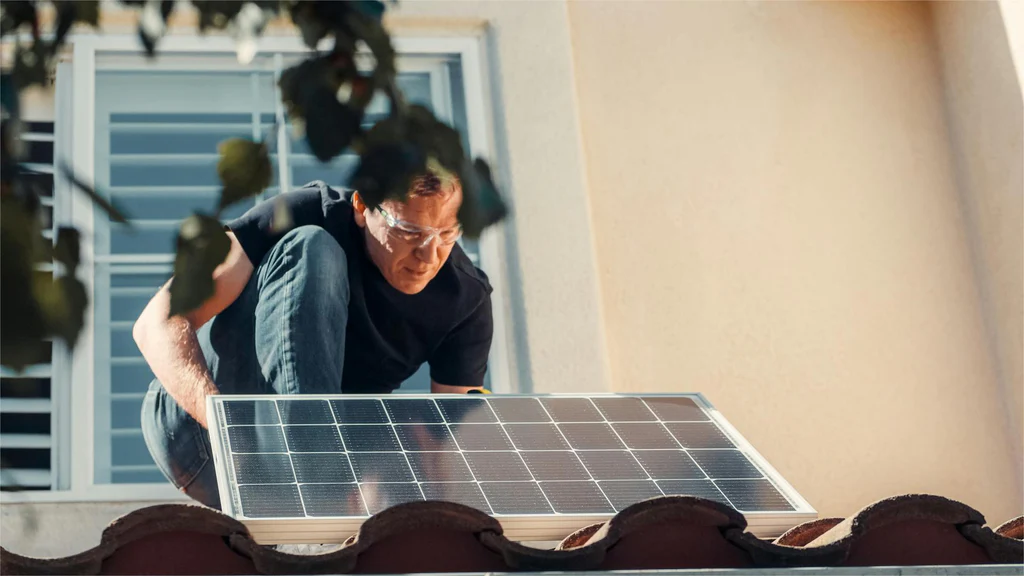When it comes to harnessing solar energy, the installation of solar inverters plays a crucial role in converting the DC power generated by solar panels into usable AC power for homes and businesses. One of the key decisions to make when installing a solar inverter is whether to opt for an indoor or outdoor installation. Each option comes with its own set of benefits and drawbacks that are important to consider. In this article, we will explore the pros and cons of indoor and outdoor solar inverter installations to help you make an informed decision.

Indoor Solar Inverter Installations: Benefits
One of the primary benefits of indoor solar inverter installations is protection from the elements. By installing the inverter indoors, it is shielded from exposure to extreme temperatures, moisture, and other environmental factors that could potentially impact its performance and lifespan. Additionally, indoor installations are often easier to maintain and service, as they are readily accessible without having to brave the outdoor elements.
Indoor Solar Inverter Installations: Drawbacks
However, indoor installations also come with their own set of drawbacks. For instance, indoor installations may require additional ventilation or cooling systems to prevent the inverter from overheating, especially in warmer climates or confined spaces. Furthermore, indoor installations may take up valuable indoor space, which could be a concern for smaller homes or businesses with limited square footage.
Outdoor Solar Inverter Installations: Benefits
On the other hand, outdoor solar inverter installations offer their own unique set of benefits. Outdoor installations eliminate the need for additional ventilation or cooling systems, as the open-air environment naturally dissipates heat and prevents overheating. Additionally, outdoor installations free up indoor space and can be more convenient for installers, especially when space constraints are a concern.
Outdoor Solar Inverter Installations: Drawbacks
Despite the benefits, outdoor installations also have drawbacks to consider. Exposure to the elements, such as rain, snow, and extreme temperatures, can impact the performance and longevity of outdoor inverters. Additionally, outdoor installations may be more challenging to maintain and service, requiring additional weatherproofing and protection measures to ensure the inverter's durability over time.
Ultimately, the decision between indoor and outdoor solar inverter installations depends on various factors, including climate, available space, and the specific needs of the installation site. It's important to weigh the pros and cons of each option carefully before making a decision.
Whether you opt for an indoor or outdoor installation, it's essential to work with a qualified solar installer who can assess your unique needs and recommend the best solution for your solar energy system. By considering the benefits and drawbacks of indoor and outdoor solar inverter installations, you can make an informed decision that maximizes the performance and longevity of your solar energy system.



